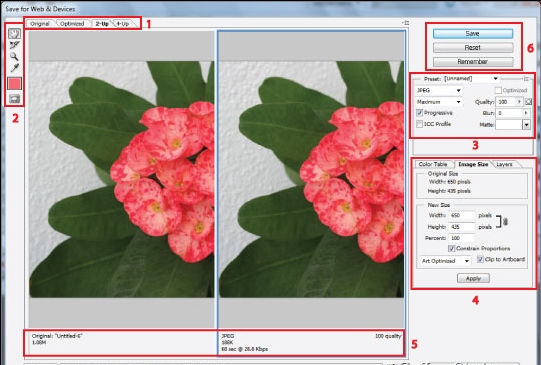


It has no idea whatsoever about which details are important, which are not, which need to be smoothed or roughened, which should represent actual geometric shapes (circles, for example), which "blobs" should actually be combined into simpler and fewer, but more recognizable and meaningful shapes. That's all it does because that's all it can do.

You can improve the initial results by undoing the posterization, adjusting tone curves, and trying again. Do the color breaks occur at optimal places to most clearly and cleanly and pleasingly suggest the shapes and contours of the subject? Default results seldom do, even starting with a quality image.

Start with a quality image one artfully composed, well lit, and having good dynamic range.That just yields a rough beginning with which to work. Getting professional results like the sample, though, is not a simple matter of invoking an automated command. The basic style is called posterization (limiting the colors in an image to just a few), which can be done in most raster imaging programs.


 0 kommentar(er)
0 kommentar(er)
